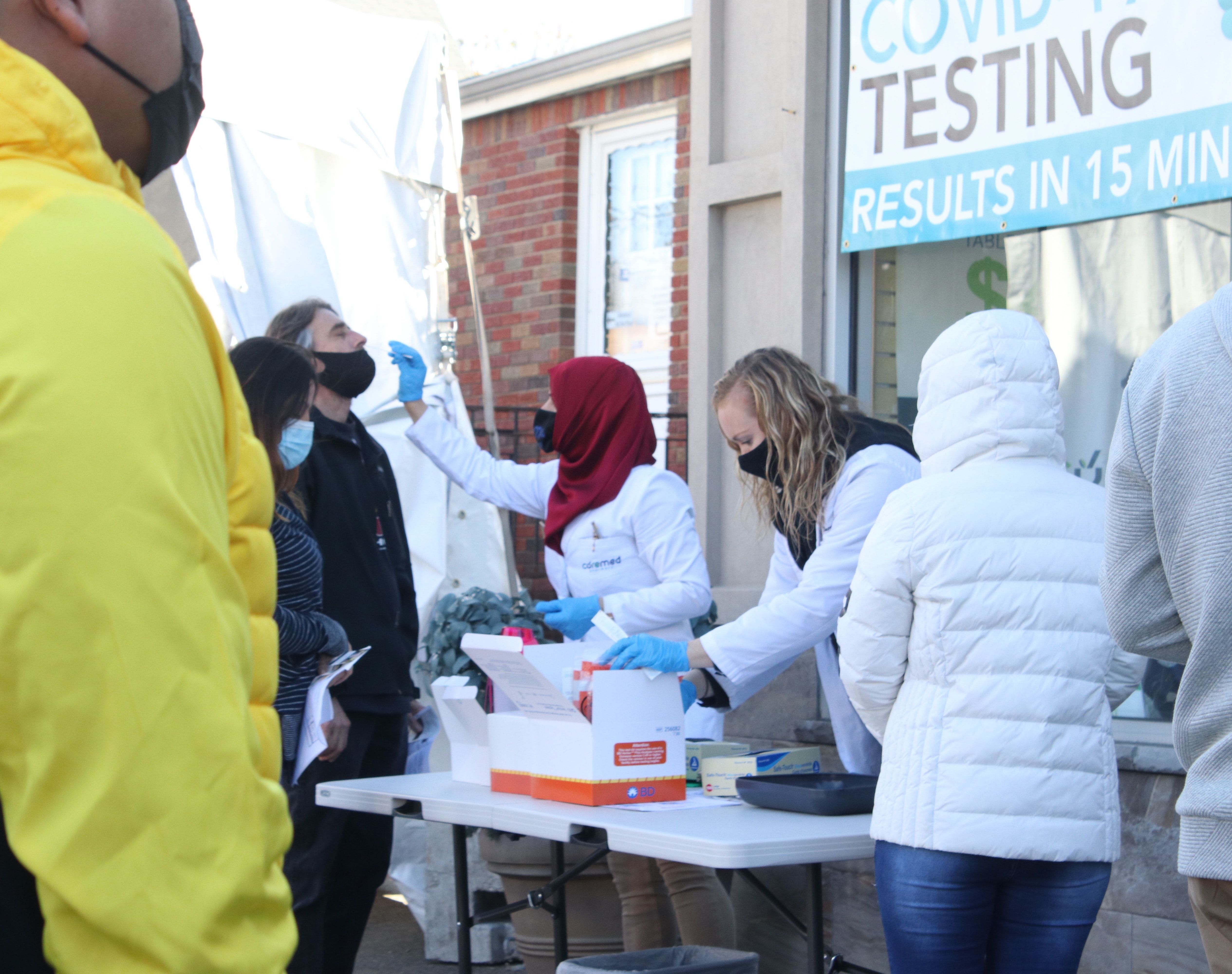Review: At Least One-Third of SARS-CoV-2 Cases Are Asymptomatic
New systematic review data suggest most patients who test positive without symptoms will remain asymptomatic over time.

A systematic review now suggests that at least one-third of all SARS-CoV-2 infections occur asymptomatically, with most asymptomatic person who test positive for the virus expected to remain so.
In data from Eric J. Topol, MD, and Daniel P. Oran, AM, of the Scripps Research Translation Institute, published in Annals of Internal Medicine, the investigators report that information compiled from 61 studies and trials suggest the asymptomatic fraction of SARS-CoV-2 infection is “sizable.”
“In light of the data presented here, we believe that COVID-19 control strategies must be altered, taking into account the prevalence and transmission risk of asymptomatic SARS-CoV-2 infection,” they wrote.
In order to estimate the proportion of persons infected with SARS-CoV-2 who do not develop symptoms, Topol and Oran conducted their systematic review of observational, descriptive studies and reports of mass SARS-CoV-2 screening that were either cross-sectional or longitudinal, published through November 17, 2020.
Included trials must have SARS-CoV-2 nucleic acid or antibody testing of a target population, regardless of symptomatic status.
They identified 61 studies, of which 43 used PCR testing via nasopharyngeal swabs to detect infection, and 18 used antibody testing to detect current or past infection. They observed that, in the 14 studies with longitudinal data observing evolution of symptomatic status, nearly three-fourths of persons who were SARS-CoV-2 positive without symptoms remained asymptomatic.
“To confirm this estimate, large-scale longitudinal studies using PCR testing with representative samples of national populations would be useful,” Topol and Oran wrote. “As SARS-CoV-2 vaccination campaigns are implemented worldwide, though, the window for such research may be closing.”
The pair did not, however, that symptom detection is largely subjective, and based off patient recollection of sensations and idiosyncratic awareness.
“For example, anosmia has turned out to be a distinctive symptom of COVID-19, and we depend on patients to perceive and report a diminution, however slight, of their normal olfactory abilities,” they wrote.
That said, this estimate from large-scale, representative-sample assessments, combined with nationwide serosurveys, evidences that estimates of 30-40% of all SARS-CoV-2 infections are asymptomatic are likely accurate.
The finding could indicate the need for bolstered individual COVID-19 monitoring, as well as improved understanding of asymptomatic infection likelihood and the need for protection from such cases.
“Frequent, inexpensive, rapid home tests to identify and contain pre-symptomatic or asymptomatic cases—along with government programs that provide financial assistance and, if necessary, housing to enable infected persons to isolate themselves—may be a viable option,” Topol and Oran wrote. “And as the first generation of SARS-CoV-2 vaccines is deployed, more research will be needed to determine their efficacy in preventing asymptomatic infection.”
